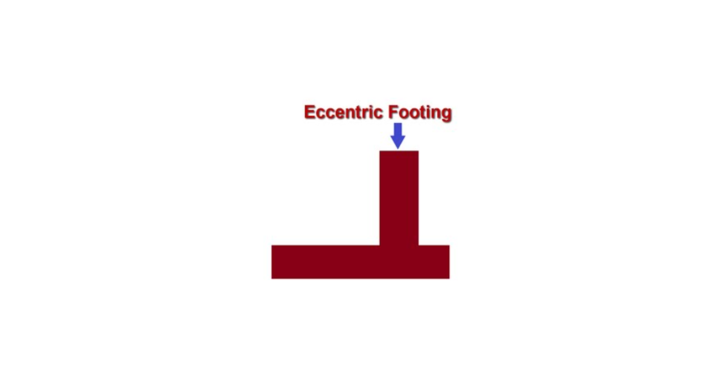What are the Different Types of Footings in Construction?
By BYJU'S Exam Prep
Updated on: September 25th, 2023

Footings are part of the foundation system. Footing is one of the most important parts of a structure to the underlying soil. Various types of footings are frequently used in building construction; depending on their depth. The different types of footings are the shallow foundation and not deep foundation-like piles.
All these types of footings are commonly found shallow. The shallow foundation has a large plane area as compared to the cross-sectional area of the column it supports. Let us now discuss the types of footings in detail.
Table of content
What are the Different Types of Footings?
Footing shall be designed to sustain the applied load. Moment and forces and the induced reaction and to ensure that any settlement which may occur shall be as nearly uniform: as possible and the safe bearing capacity of soil is not exceeded. There are various different types of footings given below.
- Plain concrete / pedestal footing
- Wall footing/strip footing
- Isolated footing
- Combined footing
- Strapped footing
- Raft / Mat footing
- Concentrically loaded footing
- Eccentrically loaded footing
Plain Concrete/ Pedestal Footing
As per IS code: 456 – 2000, clauses .34.12 and 34.1.3, this type of soil footing is very economical for columns of small pedestals.
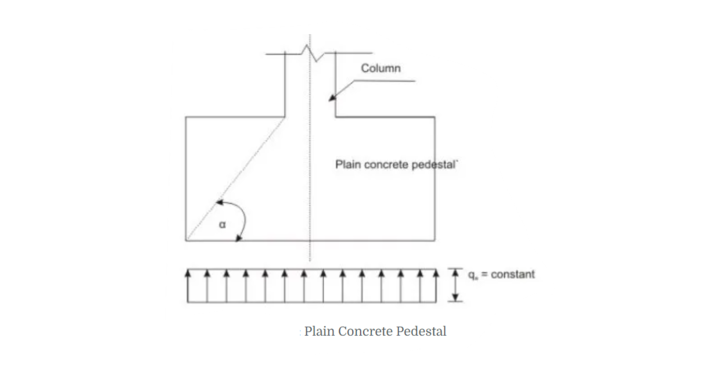
Wall Footing/ Strip Footing
As per IS code: clause.34.1.1 of IS: 456-2000, the sloped or stepped footing must be designed as one unit and constructed to ensure it acts as a unit. The soil bearing pressure from below the footing tends to make the base slab bend upwards; hence, the footing is reinforced at the bottom of the slab.
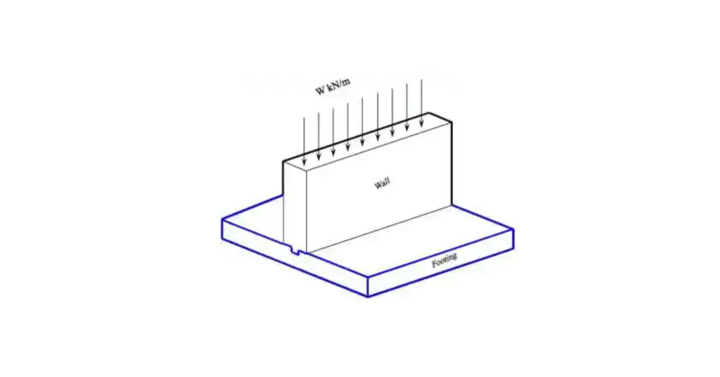
Isolated Footing
A square, circular, or individually rectangular slab of uniform thickness is provided under each column. Isolated footings are used as a shallow foundation to transfer concentrated loads to the ground. Clause .34.1.1 of IS: 456-2000 states that the sloped footing must be designed as one unit and constructed to ensure it acts as a unit.
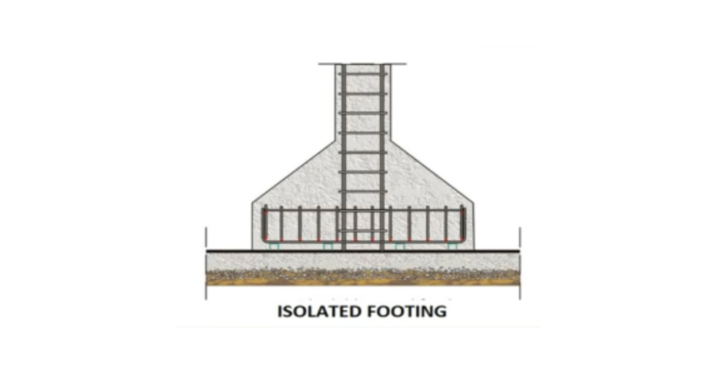
Combined Footing
When a footing supports two or more columns, it is called combined footing. This footing may be rectangular or trapezoidal in plan. A combined footing is provided in the following situations. Combined footings are used to transfer loads of closely spaced columns to the ground or when the column faces the plot’s boundary.
- When columns are closed to each other, their individual footings overlap.
- Soil has a low bearing capacity and requires more area for individual footing.
- The column end is situated near the property line, and the footing can not be extended.
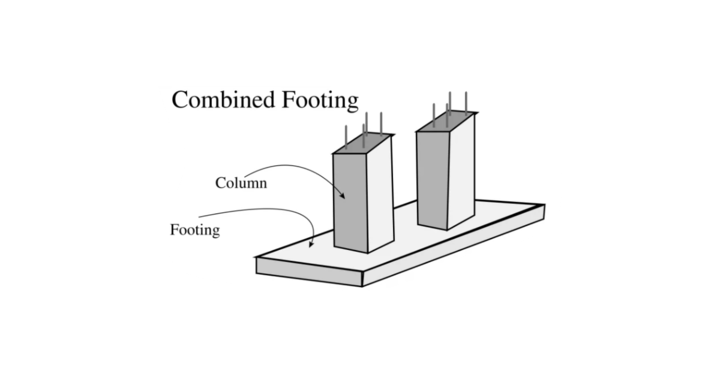
Strap Footing
In this type of footing, the outer and inner column is connected by a strap beam and does not transfer any load to the soil. Two isolated footings are joined by a strap beam called strap footing. These types of footings are footing areas that are not overlapping. This type of footing reduces the possibility of differential settlements. Strap footings are used in conjunction with columns of adjoining property.

Raft/ Mat Footing
These are special types of combined footing which support a large number of columns. This footing is provided when the column loads are heavy and the soil below is poor mat footing minimizing the chance of different settlements and transferring the column loads to a very large area.
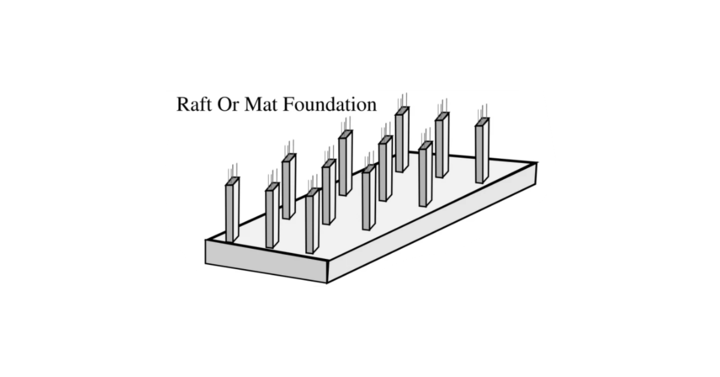
Concentrically Loaded Footing
When the resultant vertical load acting on the column passes through the centroid of the footing, The soil is assumed to be uniformly distributed below the area’s footing and the uniform soil pressure.
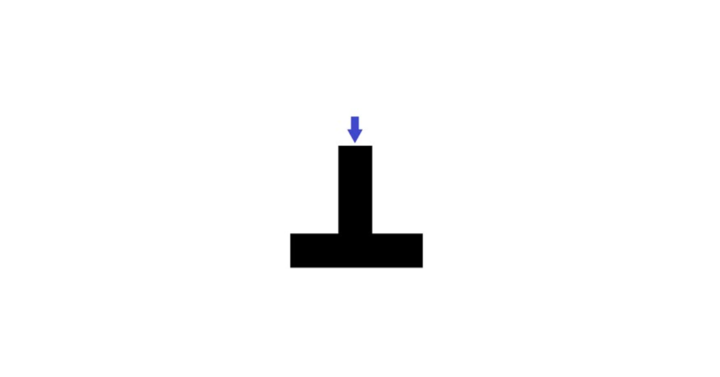
Eccentrically Loaded Footing
The line of action of column load does not coincide with the centroid of footing i.e.the line of action of the load is often eccentric to the footing centroid, which gives rise to the moment of footing. The soil is assumed to be non-uniformly pressure distributed upward the footing of the area and the non-uniform soil pressure.
